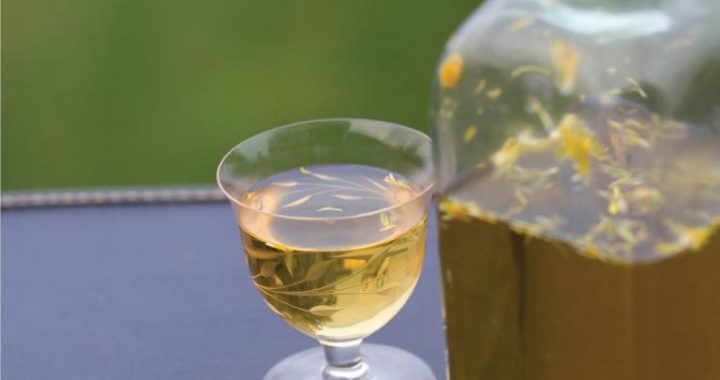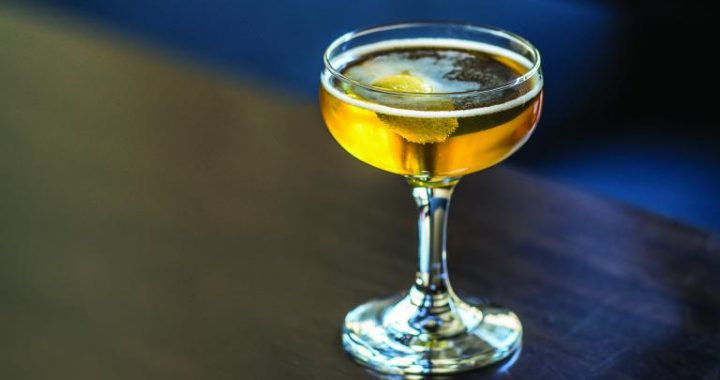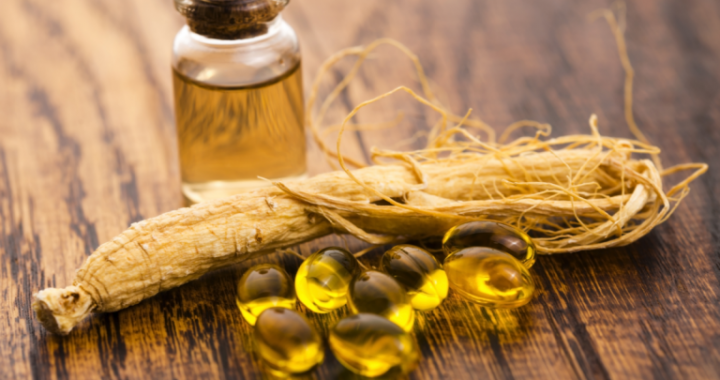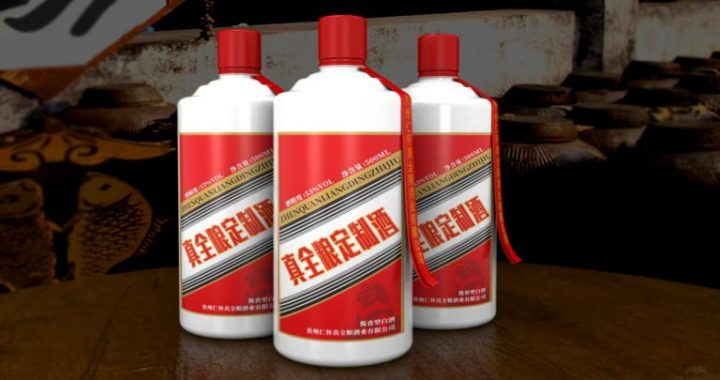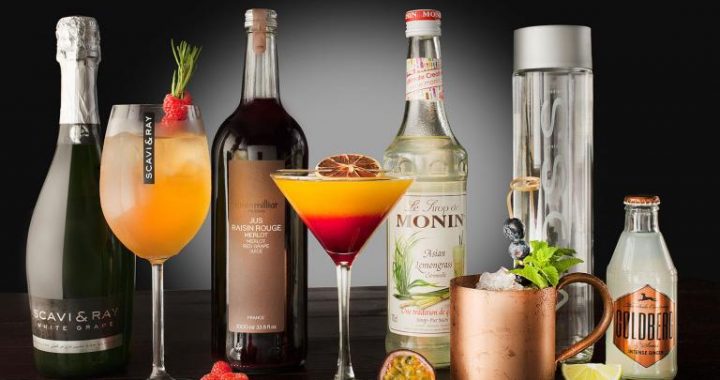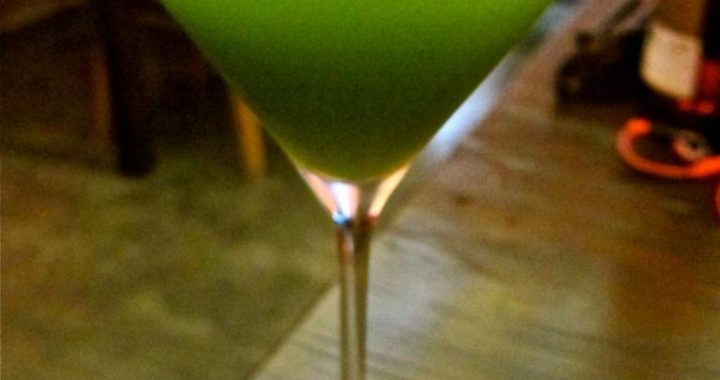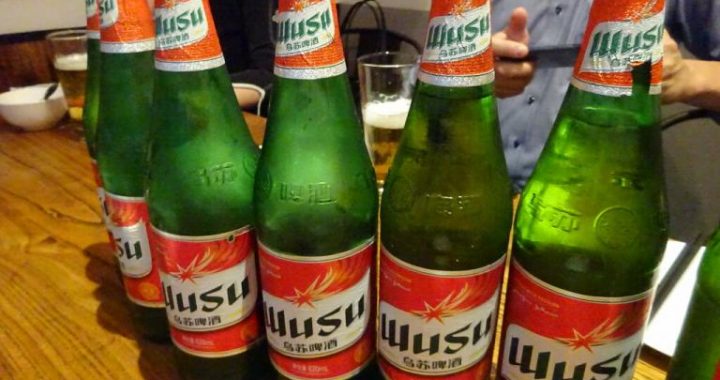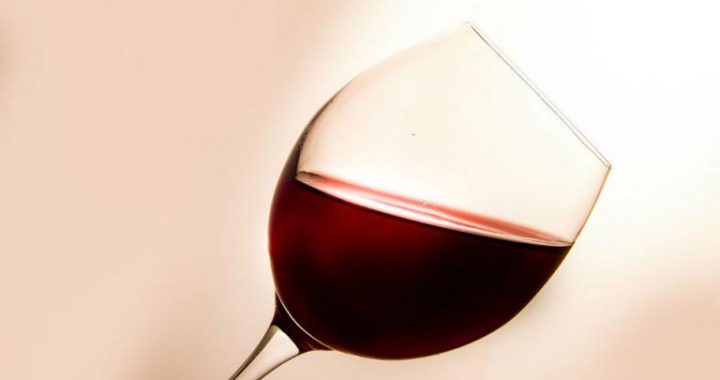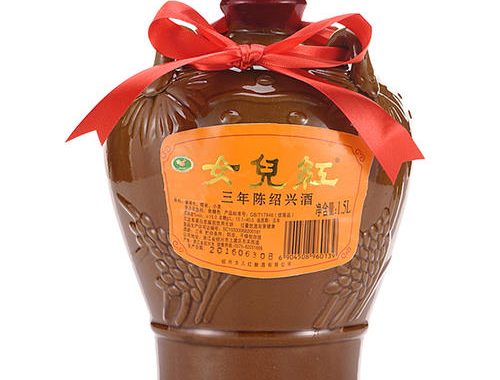Drinking Patterns
8 min readDrinking patterns are divided based on sample survey and comprehensive analysis of certain area in terms of drinking mentality and behaviour. It is featured with nationality and locality, and carries deep social meaning.
Based on different mental characters for drinking among Chinese ethnic minorities, there are five drinking patterns:
1) Drinking for Etiquette
As its name suggests, such drinking pattern happens for etiquette purposes in socialities. China has long been known as the “land of ceremony and propriety”, hence etiquettes exerted long-existing impact on social life and traditions, and some even remain popular today. Since its invention, Chinese wine has been playing the role of etiquette; as a result, drinking itself has become an important element of Chinese culture.
In primitive society, wine was seen as something that linked between man and gods, as a result it was listed as a must in sacrifice ceremonies. In a wedding ceremony, which marks a man has entered an important phase of his life, wine plays a key role in such a occasion. It is also of importance to such occasions as birth, adult declaration and funeral. In daily life, proposing a toast usually is seen as one of important etiquettes to treat guests. Etiquette is what people try to deliver, while wine serves as a means of such delivery. As time goes on, people call this custom wine etiquette.
2) Drinking on Festivals
In addition to its special role in people’s mind, wine also has the function to liven things up in different occasions. That explains why it is popular to drink wine on festivals in various regions despite people’s nationalities. In China, people usually drink wine on such important days as the Spring Festival, Lantern Festival, Tomb-sweeping Day, Dragon Boat Festival, Mid-Autumn Festival, and the Double Ninth Festival. In addition, some ethnic minorities have their unique festivals according to different areas and customs.
①Spring Festival occurs on Jan lst of lunar calendar, usually called Lunar New Year. This is the most important traditional festival in China. It derived from the sacrifice ceremony in the Yin-Shang period at the turning point of two years. It used to be called New Year’s Day. By the period of Republic of China the Gregoriarcalendar was adopted where Jan lst was named the New Year’s Day, while the Jan lst in lunar calendar was called Spring Festival. In ancient times, people usually believed that Tusu wine (a kind of medicinal liquor) and Jiaobo wine (soaked with some prickly ashes and cypress leaves) were good to health, especially when peopledrank on New Year’s Day. This was to toast to the young for growing up and the old to live long, and to express people’s good wishes for the New Year. As drinking Tusu wine and Jiaobo wine developed into a tradition, later they became special wines for the New Year’s Day.
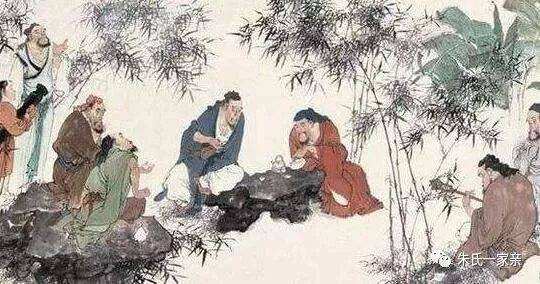
Definitely, many ethnic minorities have their own New Year’s Day (but not exactly the same date). As they are influenced to a great extent by the Han culture, they also kept such a tradition but has some differences in procedure and specific contents .
② Lantern Festival, another traditional and uniquely featured festival in China, originated in the Han dynasty. At first it was only a holiday for religioussacrifice ceremony without drinking involvement. By the Wei and Jin dynasties, the contents of offering wine and food as sacrifice to ancestors and gods were added to the holiday. For such an occasion, people first made some bean porridge, then planted beside doorframe some willow branches, towards the direction pointed by willow branches they offered wine, food, and prepared porridge as sacrifices to ancestors.
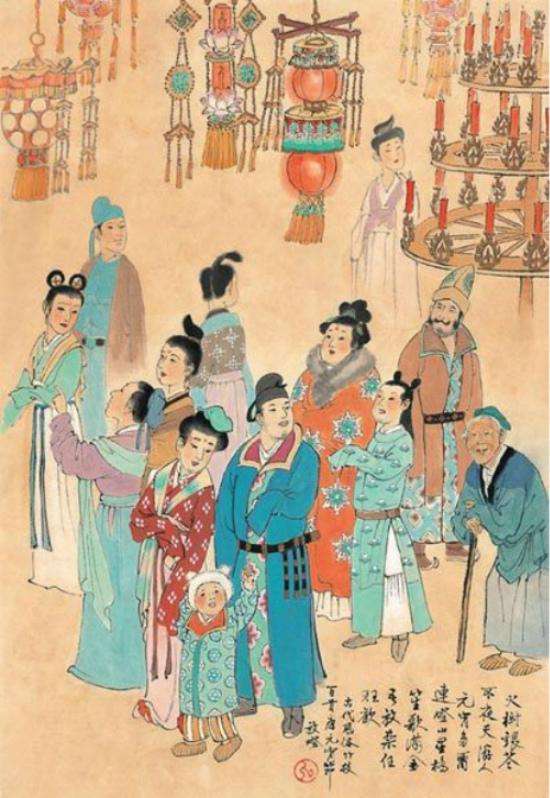
In the early Tang dynasty, this day was a bustling day. People usually gathered together and toasted to each other for Lantern Festival, and the emperor, disguised as a civilian, would go out of court. In the Song dynasty, this day was even more splendid. The festival was further developed in that the lantern lighting time was extended and the contents of fireworks and lantern riddles were added. The emperor, as wel1, would go out of court to drink with his favorite ministers.
In the Ming dynasty, lantern lighting time was further extended. People usually gathered at restaurants to watch lantern show. All kinds of snacks were served in the streets and lanes for the common people to relax and drink. Enjoying the glorious full moon, watching lantern show, singing songs and drinking wine became four major activities in the festival. In the Qing dynasty, after the Manchu nationality dominated Central Plains, due to the great impact of Han culture the tradition of Lantern Festival was almost totally inherited. It is only that the lantern festival fell on a different date. At that time, lantern appreciation was more intensely connected to drinking. Even today, the custom of lantern appreciation, drinking wine and eating yuanxiao (sweet dumplings made of glutinous rice flour) remain popular throughout the country.
③ Tomb-Sweeping Day is one of the 24 solar terms in Chinese lunar calendar. It was originally related to season and farm activities, which predicted that temperature would rise and rain drop would increase for cultivating in the coming spring. It then was connected with other activities, such as tomb sweeping, forbidding fire, enjoying spring scenery, swing game, polo and cuju, which made this festival more colorful and extensive. It can be concluded that tomb-sweeping day isactually a combination of season, solar term and folk activities, with tomb-sweeping and forbidding fire as major components.
Tomb-sweeping is the most important activity and wine is a compulsory factor for this activity. This tradition originated from the West Zhou dynasty and promulgated by Emperor Xuanzong of the Tang dynasty. People also brought with them food and wine to enjoy spring scenery after tomb-sweeping. This custom is to recall ancestors and enjoy current life.
④ Dragon Boat Festival is the most important festival in summer. There are various arguments as to its origin. Some hold that it is to commemorate Qu Yuan (a Chinese poet and official from Chu state during the Warring States period), some say it is for dragon worship by the Wu and Yue peoples. There are more versions that it derived from traditions on an evil date, or developed from a dragon boat competition.
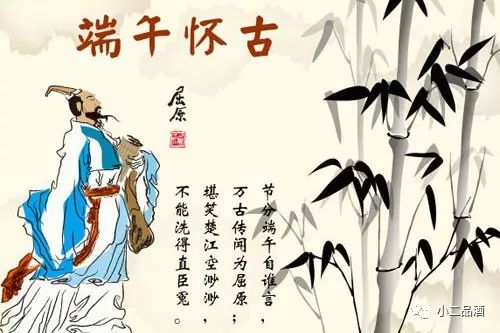
There are two major activities on this day. That is to commemorate Qu Yuan and avoid evil.
Qu Yuan distinguished himself by integrity, being clean and upright. He once fought against the immoral to realize the “ideal governance”in his mind and died to purse it. It is said that he committed suicide by jumping into Miluo River on May 5 (of lunar calendar) of 278 B.C. Many fishermen came to rescue him but their efforts ended in vain. Then, one of them threw glutinous rice dumpling to the river, and an old doctor poured a jar of realgar wine to the river so that Qu Yuan’s body would not be eaten up by fish. This custom has been passed down to later generations. Wine is therefore involved to commemorate him.
Due to climate concerns another important custom of Dragon Boat Festival is to drink special medicated wines, calamus wine and realgar wine. This custom started from the the Northern and Southern dynasties. At first, people soaked calamus with yellow wine to induce resuscitation, invigorating blood circulation and relieve chronic bronchitis, as May was believed an “evil”month when sickness frequentlyoccurd. Later on, the fairy tale that Bainiangzi (a fairy snake who married a man named Xu Xian) showed her true color when she drank realgar wine by mistake added the performance of realgar wine and people’s superstition. Gradually, the tradition of drinking calamus wine and realgar wine has been handed down.
⑤Mid-Autumn Day, another major festival in China, is also known as Moon Festival. But it was from the Sui and Tang that it started to be considered a festival.
The holiday is observed on August 15th in Chinese lunar calendar because the moon in this night is very bright and clear. In the Sui and Tang dynasties, people spent the festival enjoying the moon, with little wine involvement. It was from the Song dynasty that wine was made an integral part of the festival. According to historical records, before Mid-Autumn Day, good wine was sold throughout Bianliang (capital of the Song dynasty, now Kaifeng, Henan province). Fat crabs in season were also on the market along with fruits such as peach, date, orange and megranate. The rich would sit on the newly decorated platform to enjoy the beautiful moon, and the poor crowded into restaurants to have fun.
⑥ Double Ninth Festival is another traditional festival with a long history in China.
If Mid-Autumn Day was a “trio”focusing on enjoying a beautiful full moon, drinking wine and reciting poems, then Double Ninth Festival would be a “quartet”of climbing hills, enjoying chrysanthemum, drinking wine and reciting poem. The tradition of climbing hills originated from the Western Han dynasty.A legend of the Eastern Han dynasty goes like this, one named Huan Jing acknowledged an alchemist called Fei Changfang as teacher from whom he studied arts of necromancy, astrology and medicine to get rid of diseases. One day, when Huan Jing was practicing swordsmanship, his teacher summoned him and told that pestilence monster would comeout on September 9th. He gave Huan Jing a pack of cornaceous leaves and a bottle of chrysanthemum wine with which to inform the people to find a shelter and kill themonster. Huan Jing led the people to a mountain and the monster soon came over, but just wandered under the mountain in fear of pungent wine fumes. Huan Jing took this opportunity to stab the monster with his sword. Since then, people had ascended on September 9th with chrysanthemum wine to shelter from disasters. Poets and otherintellectuals also drank to their peer and wrote poems on this day, leaving many poems applauded generation after generation.
In modern times, this tradition remains popular. But as time goes on and the society advances, new features are embodied for the festival to release distinctive charlm.
3) Drinking for Recreation
In the view of Chinese wine culture, as wine is seen as something that stimulates spirit, people’s behaviors related to wine are usually connected to music, poems and dancing, which forms a type of drinking for recreation.
Recreation drinking has a long history since its appearance in the Zhou dynastyand remained popular till today among both Han people and ethnic minorities. The songs and dramatic scenes got popular among the minorities in northern China in the Liao and Song dynasties, while people in the south witnessed these programs sincethe Tang dynasties. What is more, these programs were passed down to our days with more varieties and rich contents.
4) Drinking for Health Care
This is to promote health and prevent sickness by drinking with a history of more than 2,500 years.
In Chinese wine culture, the traditional idea holds that wine is closely related to medical care. One of the oldest Chinese medical books Huangdi Neiiing recorded the treatment of diseases by wine. Later on, people soaked medicine in wine, took medicine together with wine and developed hundreds of formulas on making medicated wine. These medicated wines played an important role in medic-care and treatment, and were popular among people. Nowadays, drinking for health care is still popular, especially for the old and the weak.
